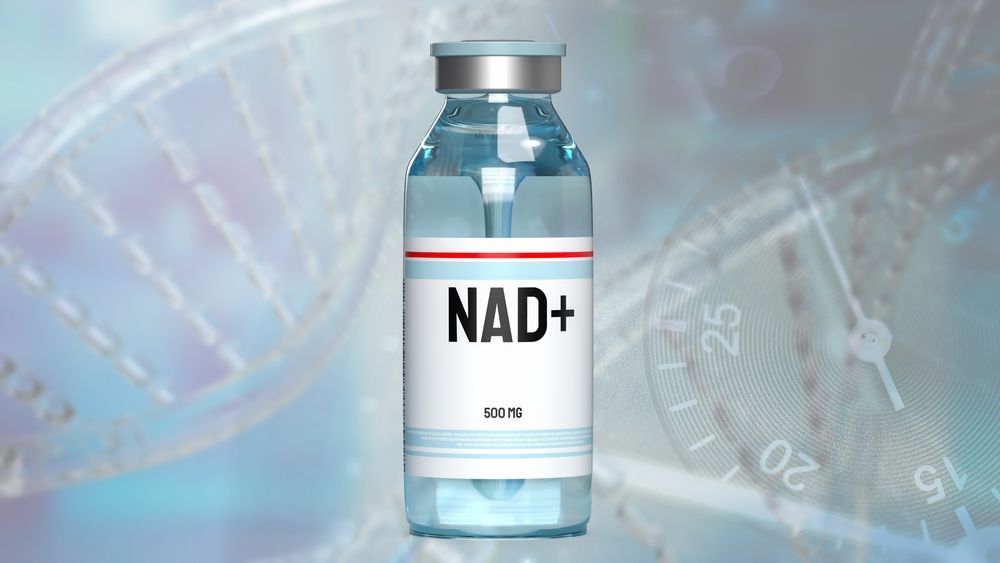IV Therapy for Flu Symptom Relief: Fast and Effective Treatment

As flu season approaches, many individuals are on the lookout for effective treatments that can provide quick relief from symptoms. Intravenous (IV) therapy has emerged as a popular option for alleviating flu symptoms swiftly and efficiently. This article explores the mechanisms, benefits, and considerations of using IV therapy to combat the flu.
Understanding IV Therapy
IV therapy is a medical treatment that delivers fluids, medications, and nutrients directly into a person's bloodstream through a vein. This method allows for swift absorption, making it an effective option for treating numerous health conditions, including flu symptoms.
By bypassing the digestive system, IV therapy ensures that the active ingredients take effect much quicker than other forms of medication, such as oral tablets or syrups. Consequently, patients often experience faster symptom relief and improved hydration, which can be essential during a flu bout.
The Science Behind IV Therapy
The underlying science of IV therapy involves the use of a sterile solution, typically a mix of saline and vitamins or other medications. The introduction of these elements into the bloodstream enables immediate distribution to areas where they are needed most. This rapid mechanism of action is especially crucial when the body is fighting off an infection, such as the flu.
Moreover, IV therapy can replenish electrolytes that may be depleted due to fever, sweating, and nausea, common symptoms associated with the flu. This comprehensive approach addresses both hydration and nutrient needs often overlooked in conventional treatment methods.
Benefits of IV Therapy for Flu
- Rapid Symptom Relief: Many individuals notice improvement within hours of receiving treatment.
- Hydration: IV therapy is highly effective in restoring fluid balance, especially for those who struggle to drink fluids due to nausea.
- Nutrient Boost: Essential vitamins and minerals can enhance the immune response and promote faster recovery.
These benefits make IV therapy a compelling option for individuals seeking a swift resolution to their flu symptoms. It can be administered in various settings, from clinics to dedicated wellness centers, providing flexibility and accessibility for patients.
How IV Therapy Works for Flu Symptom Relief
The application of IV therapy involves careful consideration of the patient's specific needs, particularly during a flu infection. A healthcare professional typically assesses symptoms and overall health to tailor the treatment accordingly.
Once the appropriate solution is prepared—often containing a combination of fluids, vitamins like Vitamin C and B vitamins, and potentially medications for symptom relief—the intravenous insertion is performed. This process is generally quick and performed by trained personnel to ensure safety and comfort.
The Process of IV Therapy
- Consultation: A healthcare provider discusses symptoms, medical history, and treatment goals.
- Preparation: An IV bag with the appropriate mixture is prepared based on individual needs.
- Insertion: A trained professional inserts the IV into a vein, usually in the arm.
- Administration: The IV solution is administered, typically taking 30-60 minutes, during which patients may relax in a comfortable setting.
- Monitoring: Healthcare staff monitor the patient throughout the process for any unusual reactions.
Key Ingredients in IV Therapy for Flu
The composition of IV therapy can vary; however, some common ingredients include:
- Saline Solution: Helps maintain hydration and electrolyte balance.
- Vitamin C: Known for its immune-boosting properties, it can help reduce flu symptoms.
- B Vitamins: Essential for energy production and immune function.
- Zinc: Important for immune system support and can potentially shorten the duration of the flu.
These ingredients work synergistically to enhance overall health and support recovery during illness.
Safety and Side Effects of IV Therapy
While IV therapy is generally safe, there are considerations to keep in mind. It is crucial for patients to discuss their medical history with healthcare providers to ensure appropriate treatment.
Precautions to Take Before IV Therapy
Prior to undergoing IV therapy, certain precautions should be considered:
- Inform your provider about any allergies or previous adverse reactions to IV treatments.
- Provide a complete list of medications currently being taken to avoid any potential interactions.
- Discuss any pre-existing health conditions that may affect treatment, such as heart or kidney issues.
Potential Side Effects of IV Therapy
Though uncommon, potential side effects may include:
- Infection at the insertion site
- Phlebitis (inflammation of the vein)
- Fluid overload, particularly in individuals with pre-existing heart conditions
Monitoring by healthcare professionals can help mitigate these risks and ensure that patients remain safe during treatment.
Comparing IV Therapy to Traditional Flu Treatments
As patients consider their options for flu symptom relief, comparing IV therapy to traditional treatments is essential.
Effectiveness of IV Therapy vs. Oral Medication
Oral medications, such as antiviral drugs, are commonly prescribed for flu. However, they may take longer to relieve symptoms as they must pass through the digestive system. In contrast, IV therapy delivers active ingredients directly into the bloodstream, resulting in faster symptom relief.
Speed of Relief: IV Therapy vs. Over-the-Counter Treatments
Over-the-counter treatments can provide some relief but often entail longer wait times for effects. IV therapy can significantly reduce symptoms like dehydration, fatigue, and headache within a matter of hours, making it a more efficient choice for those seeking immediate comfort.
Frequently Asked Questions About IV Therapy for Flu
If you're considering IV therapy for flu symptoms, you may have some questions regarding its application and suitability.
Who Can Benefit from IV Therapy?
IV therapy can be beneficial for anyone experiencing moderate to severe flu symptoms, particularly individuals who have difficulty staying hydrated or taking medications orally. It is also often recommended for those who wish to boost their recovery and support their immune system.
How Often Can You Get IV Therapy for Flu?
The frequency of IV therapy varies based on individual health needs and the severity of symptoms. Some may benefit from a single treatment, while others might require repeat sessions. It's essential to consult with a healthcare provider to determine the appropriate frequency tailored to your condition.
In summary, IV therapy is a promising method for obtaining fast relief from flu symptoms, making it a worthwhile consideration for those battling the illness.


















